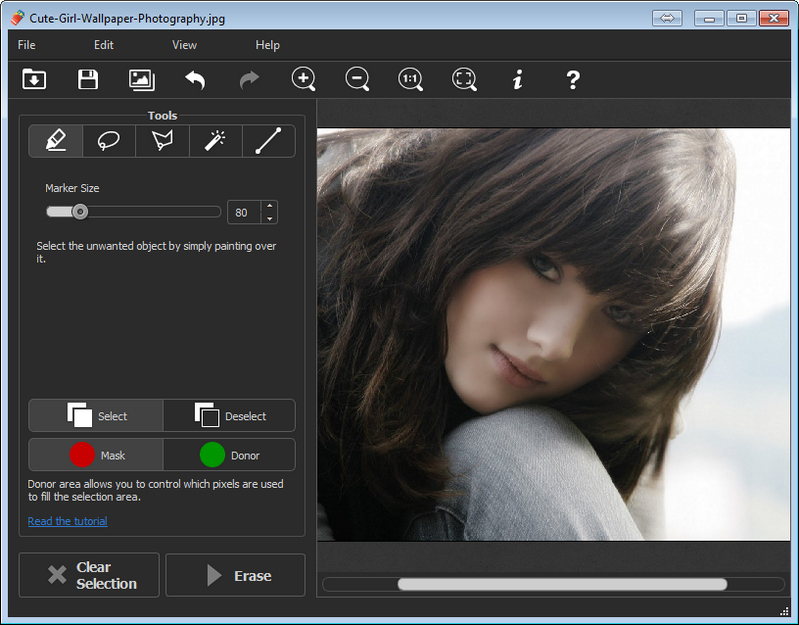

Figma will allow up to 1px of rounding.įor example: if you have four layers and the spacing between most of the layers is 20, but there is only 19 space between two of the layers, Figma will still show the space between as 20. Note: If you have Snap to pixel grid enabled, you may see subtle discrepancies in spacing between layers. This is based on the most common space between value (the mode). Distribute only works along one axis at a time: distribute horizontal spacing or distribute vertical spacing.įor both distribute and tidy up, Figma will show the space between in the or field.

Tidy up lets you align objects along both axis at the same time.Distribute will only set a uniform distance between layers, it doesn't require layers to overlap on either axis.That is, be an equal distance apart and overlap on either axis. The main purpose of the tidy up function is to arrange layers so they meet both the criteria for a smart selection. You can think of tidy up as distribute with some extra logic. If you're using tidy up on a one dimensional selection, you'll notice that this functions similarly to the distribute function. Unlike distribute, which repositions objects within the original selection's bounds, tidy up arranges all objects into a grid that aligns with the top-left corner of your selection. Once Figma tidies up the layers, you can adjust the vertical and horizontal spacing The vertical and horizontal spacing will depend on their starting position and can be the same or unique. Figma will adjust both the vertical and horizontal spacing between objects. When using tidy up on objects in two dimensions, like a grid, the tidy up process is much stricter. Note: When you use tidy up on a one-dimensional selection, Figma won't automatically align the objects along both axes, but you can use the alignment tools in the right sidebar l to make any further adjustments. Objects on the x axis will have only their horizontal spacing adjusted and objects on the y axis will have only their vertical spacing adjusted.įigma will use the most common spacing in the selection to set the Space between value. Tidy up horizontal selection (one dimension)įor a selection on either the horizontal or vertical axis (one dimension), Figma will arrange objects based on the axis they overlap on.Tidy up vertical selection (one dimension).
#Inpaint 6.0 key how to
Learn how to use smart selection →ĭepending on your selection, you'll see one of the following options: You can then adjust the horizontal and vertical spacing between the objects in your selection with smart selections. Use tidy up to quickly align layers on one-dimension as rows or columns, or combine rows and columns to create two dimensional layouts. Distribute vertical spacing: both the top and bottom objects or layers will maintain their position.Distribute horizontal spacing: both the objects or layers on the outer left and outer right will maintain their position.

When using distribute, Figma will retain the position of the outermost objects or layers: You must have more than one layer or object selected. Use distribution to create equal space between layers in a selection. Learn how to use constraints → Distribution Tip! Create fixed layers and control how layers respond as you resize them with constraints. This allows you to select colors from local colors and styles, as well as styles from enabled libraries.


 0 kommentar(er)
0 kommentar(er)
